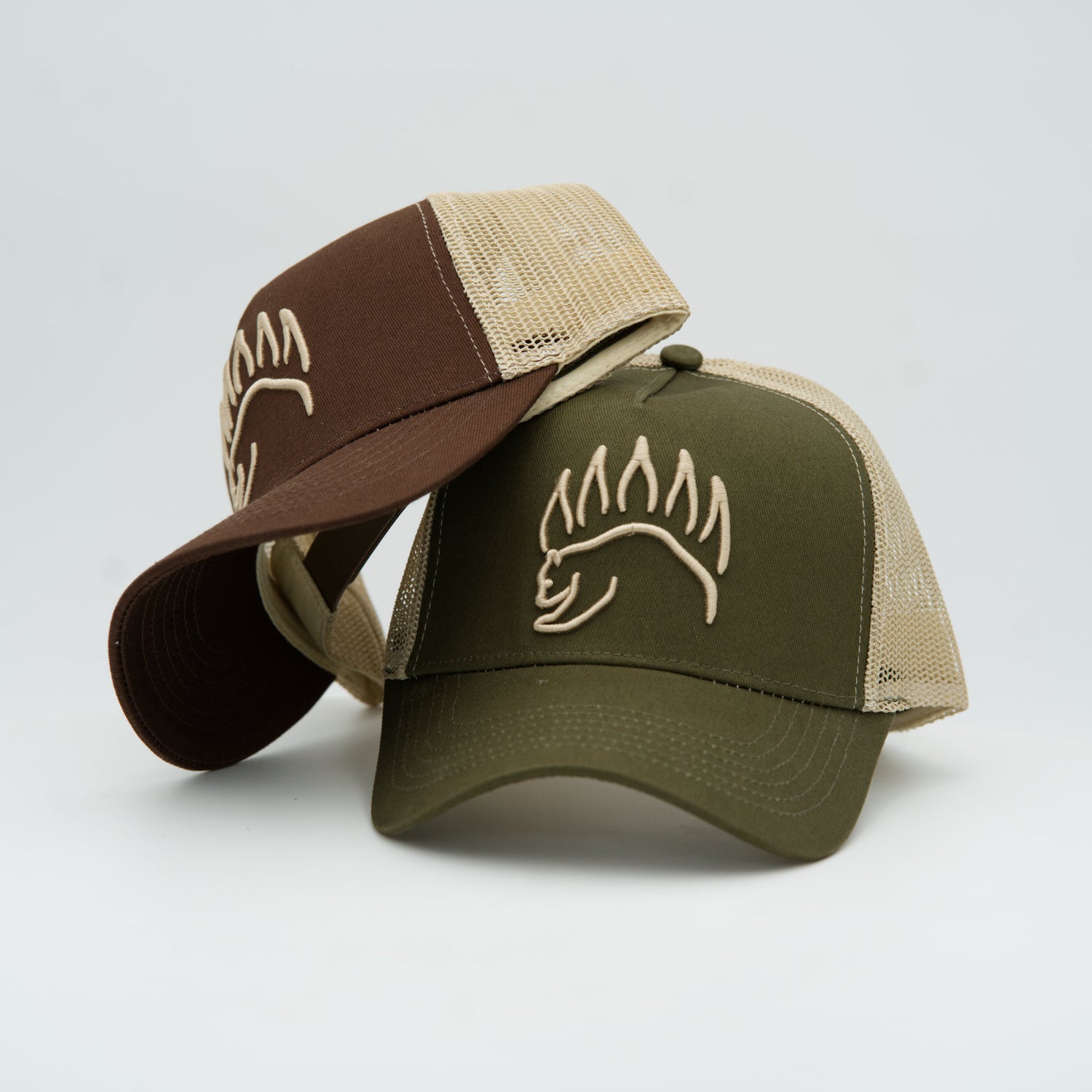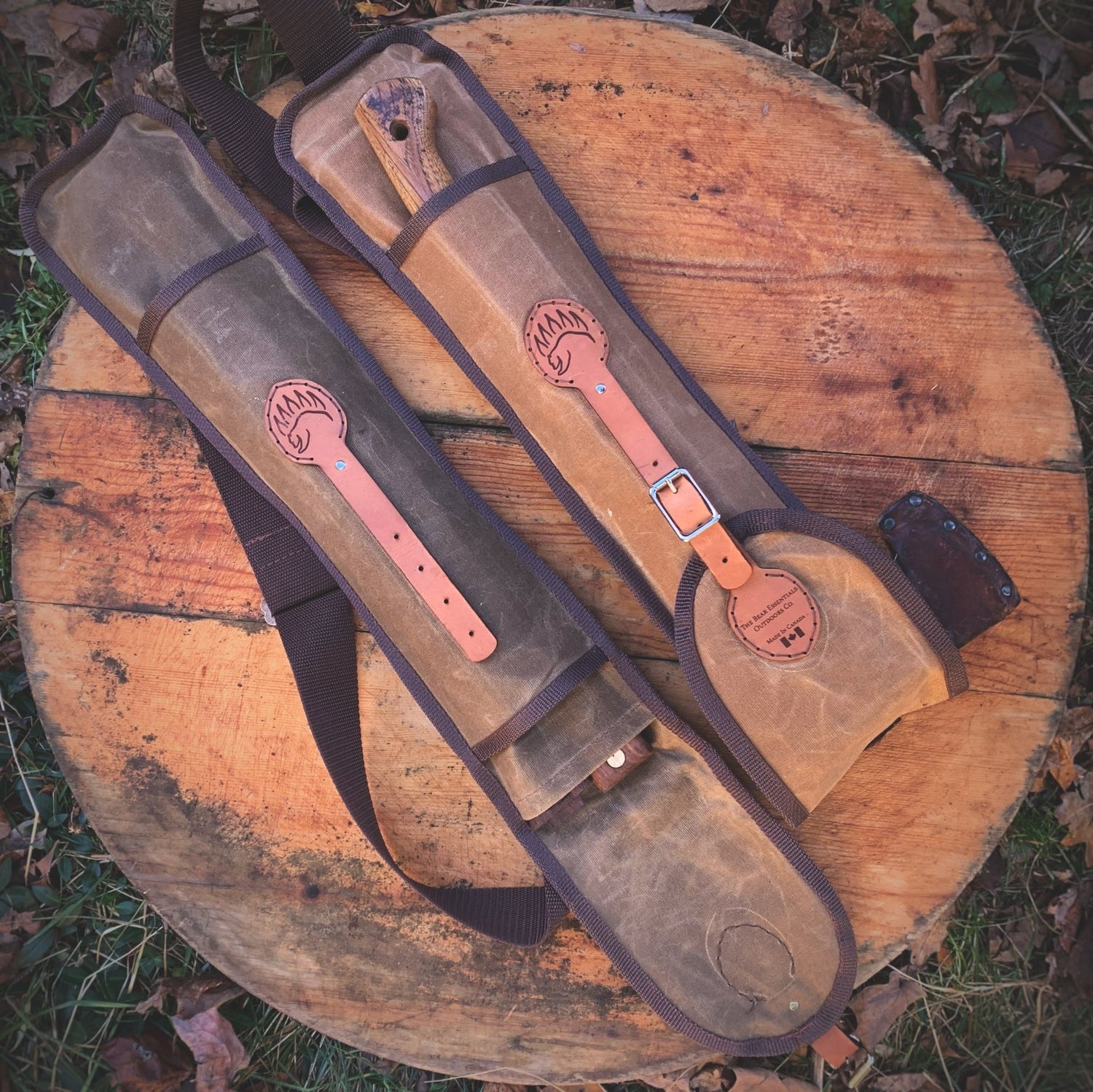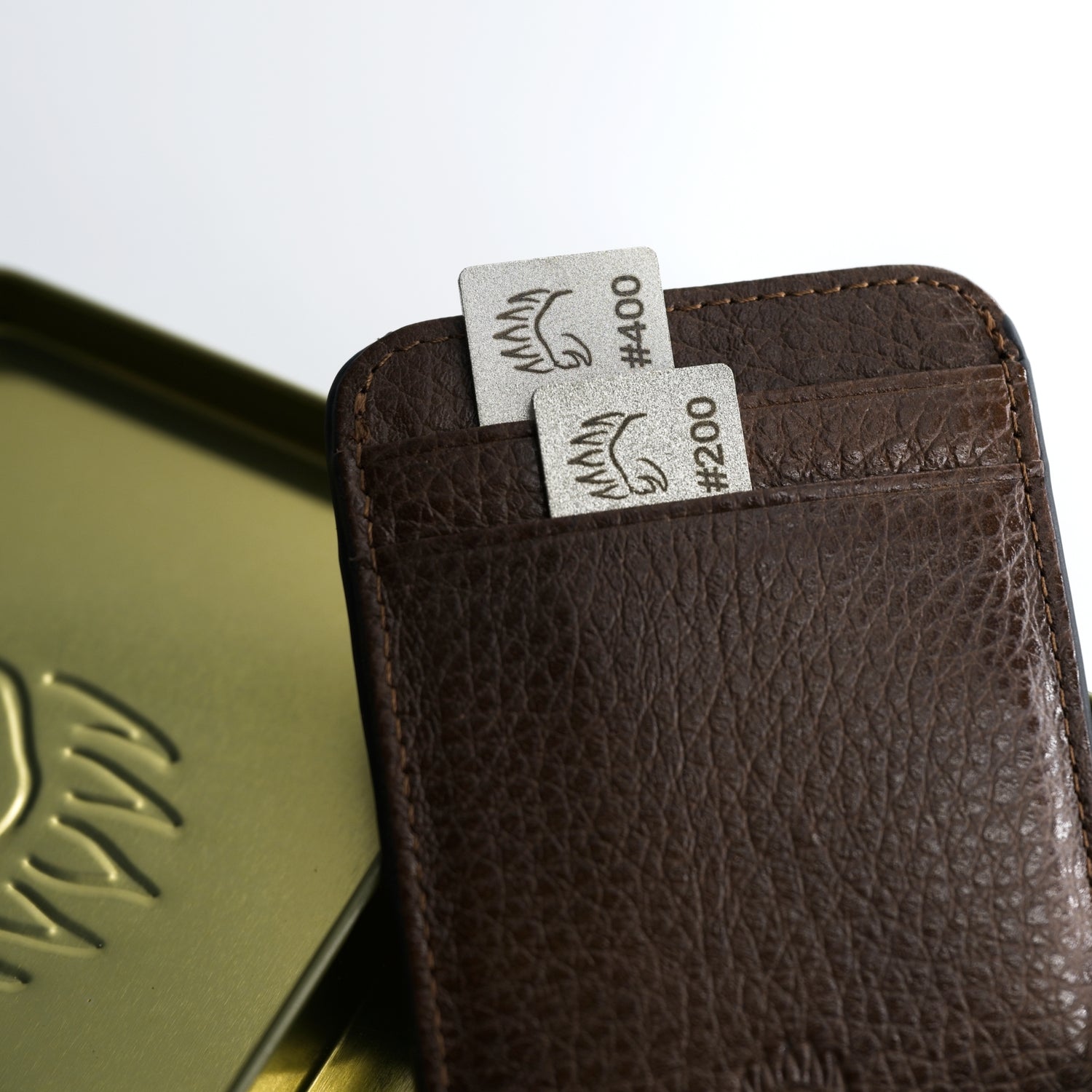Strong line, weak link? Not today. Braid is ridiculously powerful for its diameter—yet too many of us still hear the sickening pop at the knot. That failure isn’t karma; it’s physics. Slick fibers, sharp bend radii, dry cinching, and poor load paths all conspire to turn premium braided line strength into heartbreak.
In this guide, we’ll demystify the science behind knot strength and give you a clear, field-ready system to squeeze every percent of performance out of your setup. We’ll compare the best braid to leader knots, break down FG knot strength and rivals, tune your terminal connections, and finish with a micro “lab” so you can validate your rig at home.
TL;DR
- You can’t cheat physics. Braid (UHMWPE/Dyneema®/Spectra®) is low-stretch and low-friction, so sloppy knots slip or saw through themselves. Control friction, reduce sharp bends, and dress knots with patience to protect fishing line strength.
- Best connection, most of the time: FG > Alberto > Double-Uni for casting leaders through guides. In perfect hands, PR/GT-class knots can equal or surpass FG knot strength for heavy jigging.
- Best terminal to hook/lure (on braid): Palomar or Uni (extra wraps). If the doubled loop won’t pass the eye, choose Uni.
-
“100%” is relative. Many lines break above rating in lab pulls. A “100% knot” often means 100% of rated strength—not the actual break of your spool. Test and calibrate.
Best Braid to Leader Knot: FG vs Alberto vs Double Uni
Ask ten anglers and you’ll trigger a friendly bar fight. Here’s the version that keeps you fishing rather than arguing.
1) FG Knot — slim, strong, guide-friendly
If you want the best braid to leader knot for most inshore, bass, and surf scenarios, pick the FG. Its structure builds a long, low-angle “friction ramp,” letting the braid bite the leader without forcing brutal hairpin turns in the fluorocarbon.
Where it shines:
- Long leaders that must cast through micro-guides
- Light to mid-power braid (e.g., 10–30 lb) where profile matters
-
When you obsess over smoothness and fishing knot strength under repeated casting
Why it works: Long contact length + gradual load transfer = less localized stress and better knot strength. In side-by-sides, FG knot strength routinely beats compact alternatives when tied cleanly.
2) Alberto (Albright variant) — fast, strong, field-proof
The Alberto trades a touch of ultimate strength for speed and simplicity. It’s an all-weather, boat-rocking, headlamp-at-dawn knot.
Where it shines:
- Cold hands, wind, rocking deck
- Heavy leaders where a slightly thicker knot won’t matter
-
Emergency re-ties when fish are busting and time is not your friend
Why it works: Braid coils around a doubled leader loop, creating friction over a moderate ramp. Proper wrap counts and clean dressing keep Alberto knot strength high enough for 95% of real use.
3) Double-Uni — the teach-it-now connection
Yes, it’s bulkier. No, it’s not the strongest per millimeter. But it’s ridiculously easy to learn and repeat.
Where it shines:
- Heavier leaders and larger guides
- Teaching new anglers without overwhelming them
-
Quick repairs where you want dependable, not perfect
Bottom line: If you’re chasing every percent of fishing knot strength chart glory (and you cast leaders through tiny guides), FG is king. If you need a reliable connection in minutes, Alberto wins on practicality. Double-Uni remains the crowd-pleasing backup singer who never misses a note.

Strongest Terminal Knots for Braid: Palomar vs Uni vs Braid-Specific
Terminal knots are where many dreams of 100% knot strength die. Braid’s slickness punishes sloppy technique, so pick your knot for the eye you’re tying to and tie it deliberately.
Palomar — compact, consistent, crazy-strong (when the loop fits)
- Use it for: Hooks, snaps, and rings with eyes big enough to pass a doubled line.
- Why it works: Few crossings, symmetric loading, minimal internal abrasion.
-
Cues: Keep the overhand loop untwisted; fully wet any fluorocarbon leader; seat gradually. Palomar knot strength is elite when dressed perfectly.
Uni (Duncan) — the utility player (and braid’s best friend on tiny eyes)
- Use it for: Small hook eyes, wire baits, or anytime Palomar’s loop won’t pass.
- Cues: Braid is slick—run 7–10 wraps on braid (5–7 on mono/fluoro), snug by pulling tag + standing together, then load the standing line to finish.
-
Why it wins: High surface area contact and adjustable wrap count add friction and stability.
Braid-specific options (e.g., Berkley Braid Knot)
- Use it for: Lures/hardware that chew traditional terminals or where Palomar/Uni underperform in your hands.
-
Cues: Follow the maker’s steps exactly; these usually add extra turns to increase friction.
Loop fits? Palomar. Loop won’t? Uni (extra wraps). Braided hardware is fussy? Try a braid-specific terminal. That simple, that strong.
The Physics: Low-Friction UHMWPE, Bend Radius, and the Capstan Effect
If you understand why knots break, you’ll stop breaking them.
Low friction = easy slip
Braid fibers (UHMWPE) have a very low coefficient of friction. Great for sensitivity and casting. Not great for knots that depend on the line “biting” itself. That’s why braid knots need more wraps or longer friction paths to resist motion under load.
Bend radius kills strength
Any line loses strength when forced around a tight bend. Sharp turns concentrate stress; the smaller the radius, the higher the local strain. Spreading that bend over a longer path (FG/PR/GT) protects fishing line strength—especially in stiff leaders.
The capstan equation
Every wrap multiplies holding power. Think winch drums: more turns = more friction. In knot terms: more well-dressed wraps (up to a point) prevent slip without creating a bulky casting grenade. This is the core logic behind FG/PR/GT and why Alberto knot vs FG knot debates lean FG when you need maximum friction in minimal space.
Heat during the seat
Ripping a dry knot tight can glaze fluorocarbon and scuff braid coatings. Heat + pressure = weakened chain. The fix: wet the knot, align the pulls, and seat slowly so energy bleeds off as water lubrication rather than heat.
Rated vs actual
Your spool’s “20 lb” is a label, not gospel. Many braids overtest dry. So when a tutorial brags “100% knot,” it’s often 100% of the rating, not the actual break point of that brand/lot. The cure is testing.
How To Get As Close To 100% Knot Strength As Physics Would Allow
Here’s your repeatable system to maximize fishing knot strength with braid.
1) Build long, low-angle friction ramps for line-to-leader
- FG for most casting situations (micro-guides, finesse, inshore).
- PR/GT for heavy jigging or big game (PR requires a bobbin; GT is a robust field variant).
-
When to pick Alberto/Double-Uni: Wind, cold, time pressure, or learners—better to tie a 95% knot cleanly than a 99% knot badly.
2) Tune terminal knots to hardware and line
- Palomar when the eye accepts a doubled loop; keep everything flat and hydrated.
- Uni when the eye is tight or hardware edges are sharp; add wraps on braid.
-
Braid-specific terminals when Palomar/Uni underperform with a particular lure or split ring geometry.
3) Dress, align, and seat (the invisible 30%)
- Stage the set: First pull the tag and standing line together to snug coils cleanly.
- Align axes: Always pull in the line of load—no sideways yanks.
-
Wet and wait: A two-second pause while wetting the knot saves a weekend of lost fish.
4) Match materials and diameters
- Leader hardness: Stiff fluoro punishes sloppy seating. Slow down, add a couple of extra locking half-hitches on finishes (e.g., FG Rizzuto).
-
Diameter mismatch: Extreme steps (10 lb braid to 80 lb fluoro) demand FG/PR or a short mono “bumper” section to transition.
5) Validate with your own fishing knot strength chart
- Tie each candidate knot three times.
- Pull to failure with a luggage/fish scale and a towel around your hand.
- Log break values and where failure occurs (knot vs line vs hardware).
- You’ll discover your personal bests fast—and you’ll stop arguing online about someone else’s hands on someone else’s line.
Troubleshooting and Myths
Symptom: the knot slides on the leader.
Add wraps (FG), keep coil direction alternating, finish with a snug Rizzuto or a couple of half-hitches, re-wet, and re-seat.
Symptom: the fluorocarbon tag curls or looks “burned.”
You cinched too fast or dry. Start over, lubricate, and seat with progressive tension.
Symptom: terminal pops on the hookset.
Palomar loop couldn’t pass the eye cleanly or got chewed by hardware edges. Switch to Uni with 7–10 wraps or try a braid-specific terminal.
Symptom: line breaks an inch above the knot.
Check for sharp lure eyes, rough split rings, or guide nicks. Tight knots + sharp edges = premature failure regardless of trilene knot strength or palomar knot strength claims.
Myth: “More wraps are always better.”
Up to a point. Beyond that you add bulk, increase guide thumps, and create places for wraps to cross and cut. Use the right coil counts: FG (~18–24 light braid), Uni (7–10 braid), Alberto (7–9 up, 7–9 back), SDJ/Palomar as prescribed.
Myth: “Braid doesn’t need wetting.”
Your leader does. Lubrication prevents heat damage in fluoro/mono and helps the braid settle into position rather than skating across the surface.
Myth: “Palomar is always the strongest.”
Often—when the loop fits and the knot is dressed with care. In some braid/lure combos, Uni or braid-specific terminals test better. Execution > name.

Achieve Optimal Fishing Line Strength: Quick Micro-Guides
FG Knot (rod-tip method)
- Keep steady tension on the leader; wrap braid down the leader in alternating half-turns (no crosses), ~18–24 coils on light braid.
- Lock with a series of alternating half-hitches on both lines.
- Finish small with a Rizzuto (or a few extra half-hitches on the leader only).
-
Trim the leader flush. Good FG = no slip under hard hand load and a tiny, smooth profile.
PR Knot (bobbin)
- Load bobbin; maintain even tension; create neat, stacked turns.
- Finish with half-hitches; consider a Rizzuto.
-
Ideal for heavy braid/heavy leader vertical jigging.
GT Knot
- Form a long leader loop; wrap the braid up and back down the loop; snug progressively.
- Finish with multiple half-hitches.
-
Big, strong, and reliable in heavy classes.
Palomar on Braid
- Double the line; no twist in the overhand.
- Pass loop over the hook, wet any leader, and seat slowly while keeping everything aligned.
-
Trim clean.
Uni on Braid
- Thread the eye, form a loop back alongside the standing line.
- 7–10 wraps around both lines.
-
Wet, then snug by pulling tag + standing together; finish by loading the standing line straight in the pull direction.
Frequently Asked Questions
What’s the best braid to leader knot for most anglers?
FG. It’s slim, strong, and sails through small guides. If time or conditions are rough, use Alberto. Double-Uni is the easiest “works anywhere” backup.
What’s the strongest terminal knot for braid to a hook?
Palomar when the doubled loop fits the eye and you can dress it perfectly. Otherwise Uni with extra wraps. For tricky hardware, try a braid-specific terminal.
Can I get true “100%” fishing knot strength from braid?
You can approach 100% of rated strength with flawless FG/PR/GT (heavy classes) and immaculate technique. Absolute 100% of actual break is rare because bends always cost something. Test your specific line and log results.
Does the Trilene knot strength apply to braid?
The Trilene (improved clinch variant) shines on mono/fluoro but tends to underperform on slick braid. For braid, stick with Palomar, Uni, or braid-specific terminals.
Is the best knot for tying braid to fluorocarbon always FG?
For long leaders and casting through guides—yes, usually FG. For quick field ties or very heavy leader where profile isn’t critical, Alberto can be the better choice.
FG knot strength vs Alberto knot?
FG typically tests stronger and slimmer; Alberto knot strength is still excellent if tied with correct wraps, lubrication, and careful dressing. Choose based on conditions and your confidence.
Do I need a chart to choose?
A simple, personal fishing knot strength chart built from your own pulls beats any internet list. Tie three of each, pull to failure, record the numbers, and trust your data.
Maximize Fishing Knot Strength: Make Physics Your Fishing Buddy
Braid is a super-material. Treat it like one. Build long friction ramps (FG/PR/GT) for your leader connections, pick clean, compact terminals (Palomar or Uni with proper wrap counts), and seat slowly with water so heat doesn’t rob your fishing line strength. Keep bends generous, coils parallel, and your expectations honest (rated ≠ measured). Do those simple things and you’ll get as close to “100%” as the real world allows—then spend your day smiling at bent rods instead of broken hearts.
Save this playbook:
- The best braid to fluoro knot choice
- Terminal knot cues that protect fishing knot strength
- The Physics + Playbook for why your tweaks work
- The FAQ and micro-guides for trailhead-to-tiller confidence
Now go tie like it matters—because it does.




